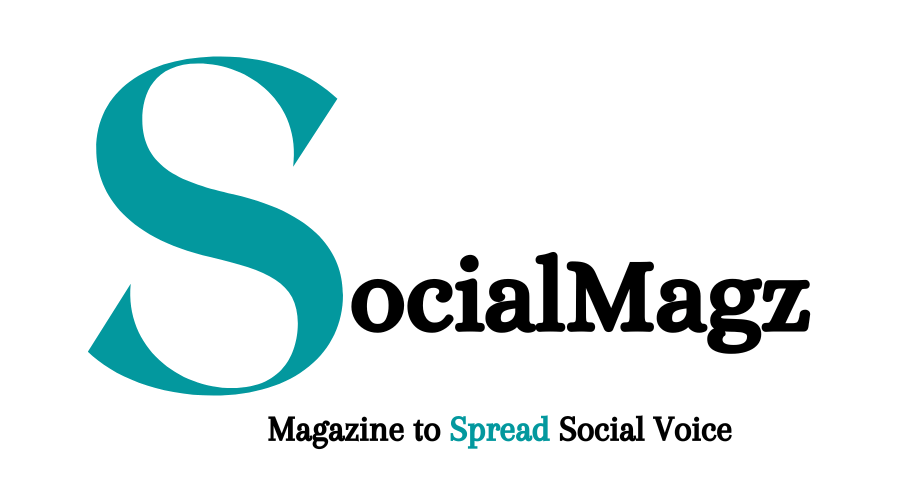How Do Brands Reach Customers on Multiple Platforms

Ella is an experienced content publisher and Senior Editor at…
What comes to your mind when the term ‘ multi-channel marketing’ pops up? It should include various platforms like websites, social media, radio, television, etc. Do you know that more and more businesses are adopting a multi-channel marketing strategy to reach their customers right where they are and get results? If you are thinking about how brands reach customers on multiple platforms, here is some kick start information.
Cross-channel Campaigns Deliver Results
When a brand decides to launch a cross-channel marketing program, it will be able to tap into the vast majority of the population through a variety of channels, including websites, social media, and email.
Developing a multi-channel strategy requires a holistic approach to understanding the audience, monitoring, tweaking, and testing tactics to get the best results. The benefits are clear: multi-channel marketing improves marketing budget efficiencies by 15 to 20%.
The effectiveness of this strategy is mainly because it allows brands to reach more customers across multiple channels and devices.
Create a Seamless Brand Experience
A cohesive brand strategy is crucial for any organization seeking to fuel a strong customer experience. This strategy must encompass digital assets, including videos, marketing collateral, and imagery, to create brand consistency across multiple channels.
Digital asset management (DAM) software is essential for omnichannel branding since it stores and manages brand assets. By doing so, an organization can ensure a positive brand experience at every touchpoint.
Omnichannel experiences are essential to both the customers and the companies. The most valuable customers are those who engage with brands through multiple channels.
Companies with a consistent and seamless brand experience across multiple channels have a significant competitive edge. However, to achieve a truly Omni channel experience, it is essential to understand the benefits and drawbacks of each channel.
Optimize Content for Each Platform
Optimizing content means tailoring it to different platforms to make it as valuable and practical for your audience as possible. For instance, you can make your videos watchable on phones and tablets by optimizing them for each platform.
According to Statista, around 75% of all video views worldwide originate from mobile devices. In addition, you can optimize your bio tags to increase the visibility of your content. The next step is to tweak your strategy based on analytics to ensure you’re reaching the most people across different platforms.
SCO or shared content optimization requires knowledge of your audience and the ability to track progress. It may include various components such as call-to-actions, images, videos, hashtags, and targeting specific groups.
However, to reap the maximum benefits from this strategy, you need to optimize the content for each platform, and the most effective way to do this is by using trending hashtags. The more popular a hashtag is, the better.
Multi-channel Marketing
Using multiple platforms to reach a customer base increases your chance of making a sale. Email is still the most powerful sales channel, but it is not the only one. With the help of cross-channel marketing, you can schedule your communications based on user behavior.
For example, you could send an SMS message after your customer opens an email. You have subscribed to a reliable SMS service provider with a reasonable SMS API cost. Multi-channel marketing allows you to reach a broader customer base and increase your ROI.
To be effective, multi-channel marketing requires a consistent experience across channels. Users will become confused if they constantly switch from one channel to another. To create a cohesive experience, understand your persona and focus on sharing relevant content. Avoid the temptation to push me-first marketing messages to customers.
Creating a Personal Connection with Customers
People form a personal connection with brands and people. If you have a company website, you can share testimonials and pictures from your customers. Encourage customers to tag you when they post about your products on social media.
In addition to using testimonials to build a personal connection, you can also share user-generated content on your website.
Conclusion
The key takeaway is that brands expand their reach with multiple platforms to engage with more customers. With consumers using such various devices, cross-platform marketing efforts must be present to reach them. This can be anything from a Facebook page to an app on your phone. Consumers, of course, are all over the place as well, so being present on multiple platforms is almost necessary nowadays.
Ella is an experienced content publisher and Senior Editor at SocialMagz.com. With a passion for technology and a wealth of knowledge in the field, Ella brings a unique perspective to the website and its readers.








